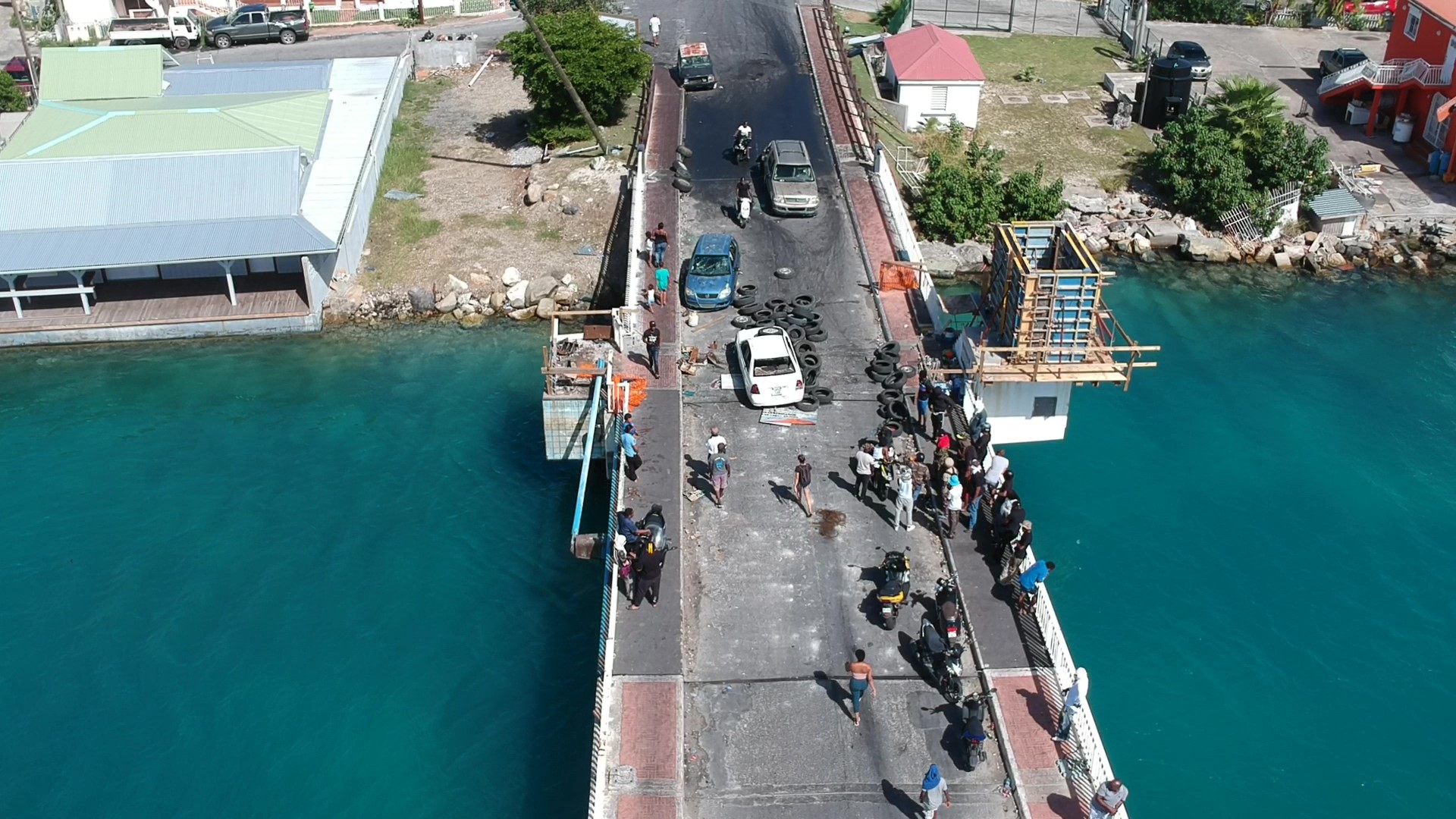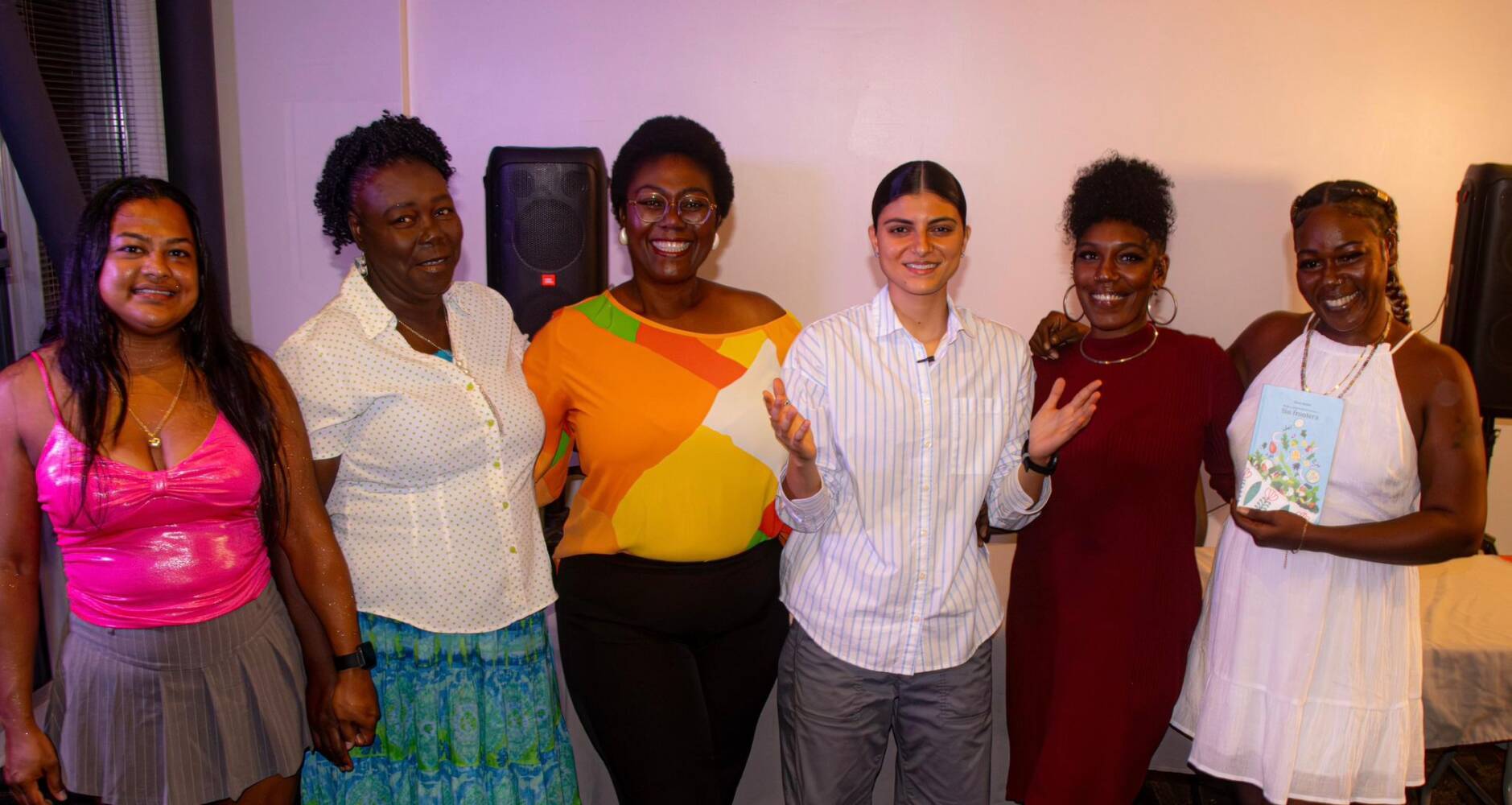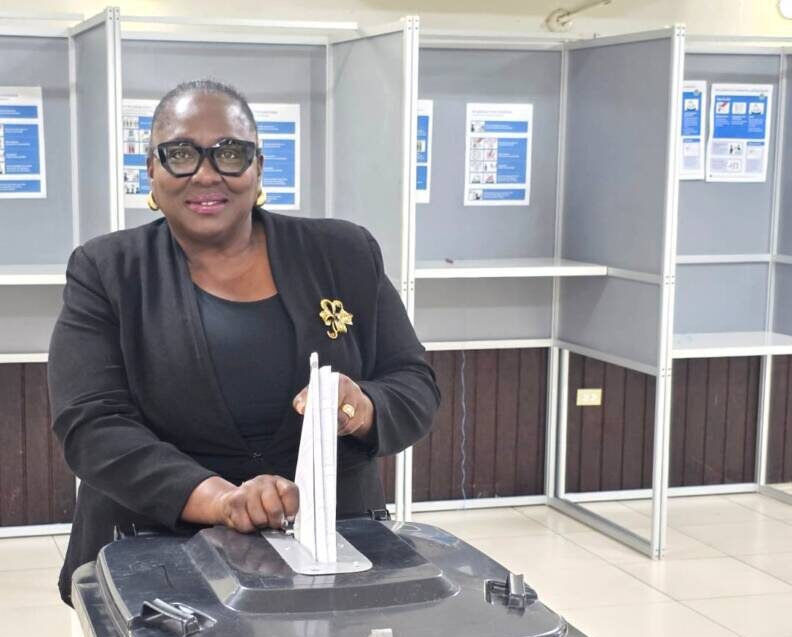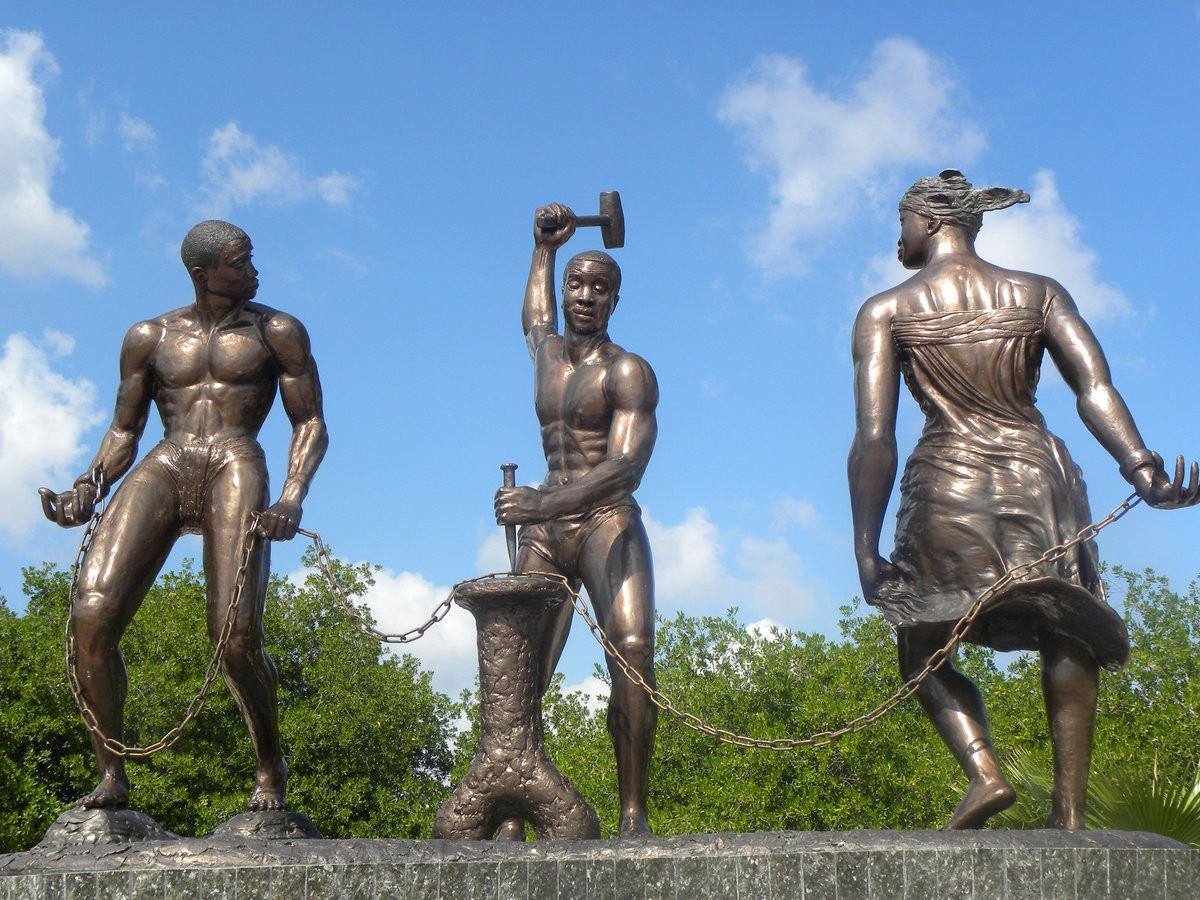PHILIPSBURG – Neither police nor inhabitants fear that the unrest that has been plaguing French Saint Martin since last week, will make its way over to the Dutch side.
“We prepared ourselves for all scenarios, but there was never a real threat that it would come our way”, says police spokesperson Ethelwoldus Josepha.
The police did help the French by patrolling the border, he says. But there weren’t any confrontations or reports of increased criminal activities. “It’s been business as usual for the past few days.”
Last week on Thursday, protesters started blocking several roads on the French side. A few groups used violence while doing this. In the mean time tranquility has returned to the streets.
Inhabitants on the Dutch side of the island say that they noticed the unrest, but not that it would shift over to the Dutch side. Like property-manager David Bardfield, who also manages buildings on the French side. “The roadblocks were usually open for pedestrians and motorcyclists.”
He did however receive worried phone calls from owners of buildings in Simpson Bay who were abroad. “But you couldn’t notice anything on the Dutch side.”
‘It’s busier on the Dutch side, most people stay here’
– hotel owner Paul Boetekees
For tourism, the largest economic growth engine on the island, the effects are minimal. The American Embassy sent out an alert but travelers don’t see the island as two different countries. Taxi driver Denzel notices this as well.
“Some tourist don’t disembark due to the notices. And I can’t go to the French side, so I’m only making short trips. The customers are understanding, it’s important to fight for your rights.”
But he also doesn’t think that that the protest will make its way to the Dutch side.
Paul Boetekees, owner of the Holland House hotel – picture: Harriot Voncken
Paul Boetekees, the owner of the Holland House hotel in Philipsburg, confirms this. “No, impossible. The population is more diverse and international here and they have a problem with the French government.”
The unrest has provided him with a pleasant surprise: “It’s busier on the Dutch side, most people stay here.”
Support
Josianne Fleming-Artson, a volunteer for the Sint Maarten Museum, visited the protest in the French Marigot on Wednesday to show her support for the protests. “Some people have been living in those neighborhoods for more than thirty years. How can it be that some segments fall in the red zones, while the homes of their European neighbors happen to be in the right zone? That inequality, that’s what it’s all about.”
Protests
The protests mainly focus on the lack of a solution for the polluted drinking water and the risk assessment plan with which the French government uses to determine the red zones. Red zones are areas with a higher flood risk. After hurricane Irma, rebuilding in most of the coastal areas was banned. Or it is allowed under strict conditions and with an expensive insurance.
“That’s not a big deal for the owners of villas or companies but it impacts the lives of those with lower incomes”, explains property manager Bardfield.








